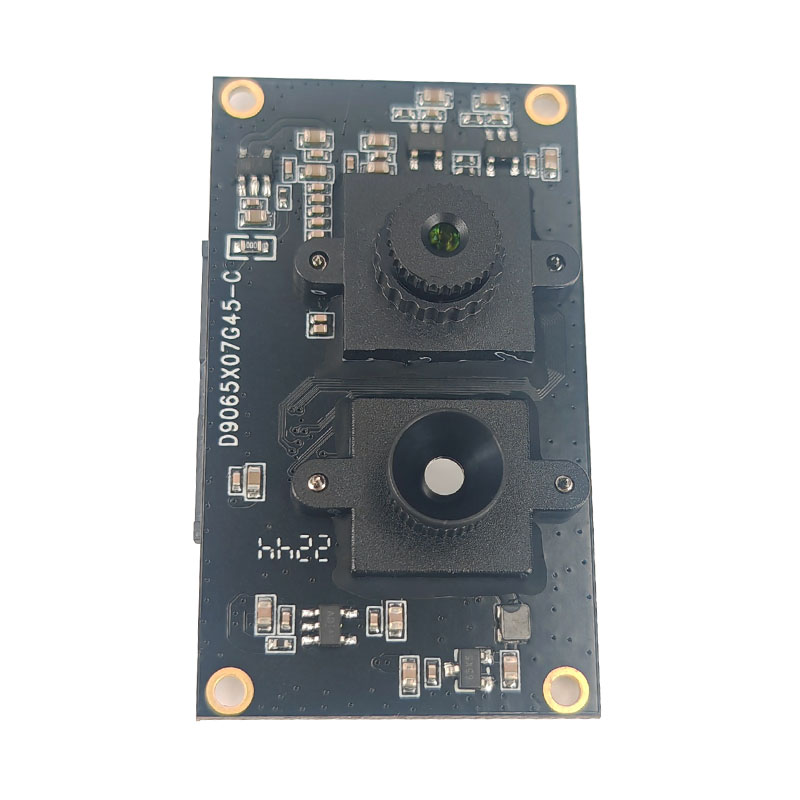

With the rapid development of artificial intelligence technology, Recognition Camera, as an important branch, is gradually being integrated into our daily lives. From unlocking smartphones to airport security checks, from bank identity verification to urban security monitoring, the application of face recognition technology is everywhere. Especially in the field of security monitoring, the application of face recognition technology has greatly improved public safety and management efficiency.

Face recognition technology mainly includes the following steps: First, obtain face images through Recognition Camera or other image acquisition devices; second, perform face detection to determine the face area in the image; then, extract features from the face image to generate a unique feature vector; finally, match the extracted feature vector with the face features in the database to achieve identity recognition.
Face detection is the basic step of face recognition. It provides a basis for subsequent feature extraction and matching by locating and cropping the face area in the image. Commonly used face detection algorithms include Haar feature cascade classifiers, MTCNN based on deep learning, etc.
Feature extraction is the core step of face recognition. Its main purpose is to extract feature vectors that can uniquely identify individuals from face images. In recent years, convolutional neural networks (CNNs) based on deep learning have performed well in feature extraction. For example, algorithms such as FaceNet and VGGFace can extract high-dimensional and effective face features.
Feature matching is the final step of face recognition. The identity of the object to be identified is determined by comparing the similarity between the feature vector to be identified and the feature vector in the database. Commonly used similarity measurement methods include Euclidean distance, cosine similarity, etc.
Face recognition technology is widely used in public security management. For example, in public transportation hubs such as airports and railway stations, recognition cameras can quickly identify and capture potential suspects to improve public safety. The face recognition system can scan the facial features of people entering and leaving the station in real time and compare them with the public security database. Once a suspicious person is found, the system will immediately issue an alarm to notify security personnel to take measures.
Face recognition technology can also play an important role in large-scale public events such as concerts and sports events. By installing Recognition Camera in the crowd, the dynamics of people on site can be monitored in real time, and potential security threats can be discovered and prevented in time. At the same time, the system can help managers count the number of people on site, analyze the distribution of people flow, and improve the management efficiency of activities.
In densely populated urban areas, how to effectively maintain public security is a huge challenge. Facial recognition technology provides a new solution for urban public security monitoring. By deploying Recognition Camera in key areas such as main streets, commercial areas, and residential areas, and using facial recognition technology for 24-hour uninterrupted monitoring, criminal activities can be effectively prevented and combated.